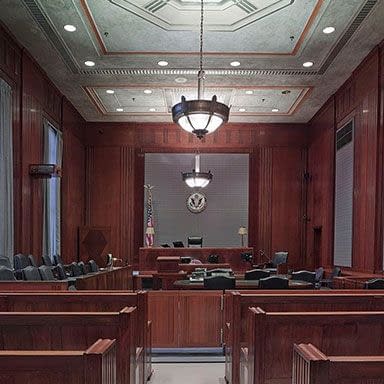When Elon Musk bizarrely carried a sink into the headquarters in San Francisco and took ownership of Twitter, he immediately began making broad changes in the company’s workforce. Via an email to employees with the subject line “Your Role at Twitter,” he first laid off about 50% of the workforce. Musk has justified the mass firing by pointing to the company’s precarious financial position as he claims Twitter is losing $4 million a day. Then just when it appeared the dismissals had ended, Musk sent an email to more employees forcing them to agree to an “extremely hardcore” workplace or to accept a 90-day severance.
News of the firings immediately prompted a class action lawsuit against Twitter for allegedly failing to give a 60-day warning of mass layoffs. The lawsuit was filed on November 3, 2022, and alleges violations of both the Federal and California Warn Act. Per Bloomberg, the for the terminated employees, Shannon Liss-Riordan, indicated the lawsuit was strategically filed on the eve of the mass layoffs. Ms. Liss-Riordan filed a suit against Tesla for similar violations in June. She noted the Twitter lawsuit was filed to “preemptively make sure a repeat of that violation did not happen.”
What is the Warn Act?
The California Worker Adjustment and Retraining Notification Act is this state’s more employee-friendly version of the federal WARN statute. This law protects employees by requiring employers to give a 60-day notice to the affected employees. This advance notice is designed to give employees the ability to adjust to the transition, seek further employment, and time to obtain skills or retraining to successfully compete in the job market. The WARN act generally requires businesses that employ more than 75 people full-time and laying off at least 50 of them to give notice. This 60-day notice is to be given to all impacted employees, the Local Workforce Development Board, and the chief elected official of each city and county government where the termination occurs. The Twitter layoffs reportedly came to more than 3,000 people, which would require compliance with the WARN Act.
It is unclear at this point whether Twitter’s layoffs violated California’s WARN Act. Musk allegedly made a similar mistake when laying off employees at Tesla last summer, which triggered a lawsuit. He also made a lot of early mistakes including failing to provide timely SEC filings for the deal and creating confusion about a Twitter’s new requirements for blue (and now gray) check marks. It appears that Musk may also making missteps with these latest layoffs at Twitter. The California Employee Development Department reportedly did not receive the required notice of the layoffs. Early reports indicate that Twitter was only offering a one-month base pay severance, which would not comply. There are likely additional violations that have not yet been reported.
With further layoffs looming in the tech world and many other sectors, knowing your rights under the WARN act can be valuable. In addition to WARN Act violations, an employer can be liable for the ways in which they determine which employees to layoff. If an employer targets older employees or divides them by gender, there may be liability for a discriminatory practice.
Contact Us For a Free Consultation
If you think you have been unfairly laid off, reach out to Fairchild Employment Law today for a free consultation at (619) 306-1454 or info@fairchildemploymentlaw.com.
